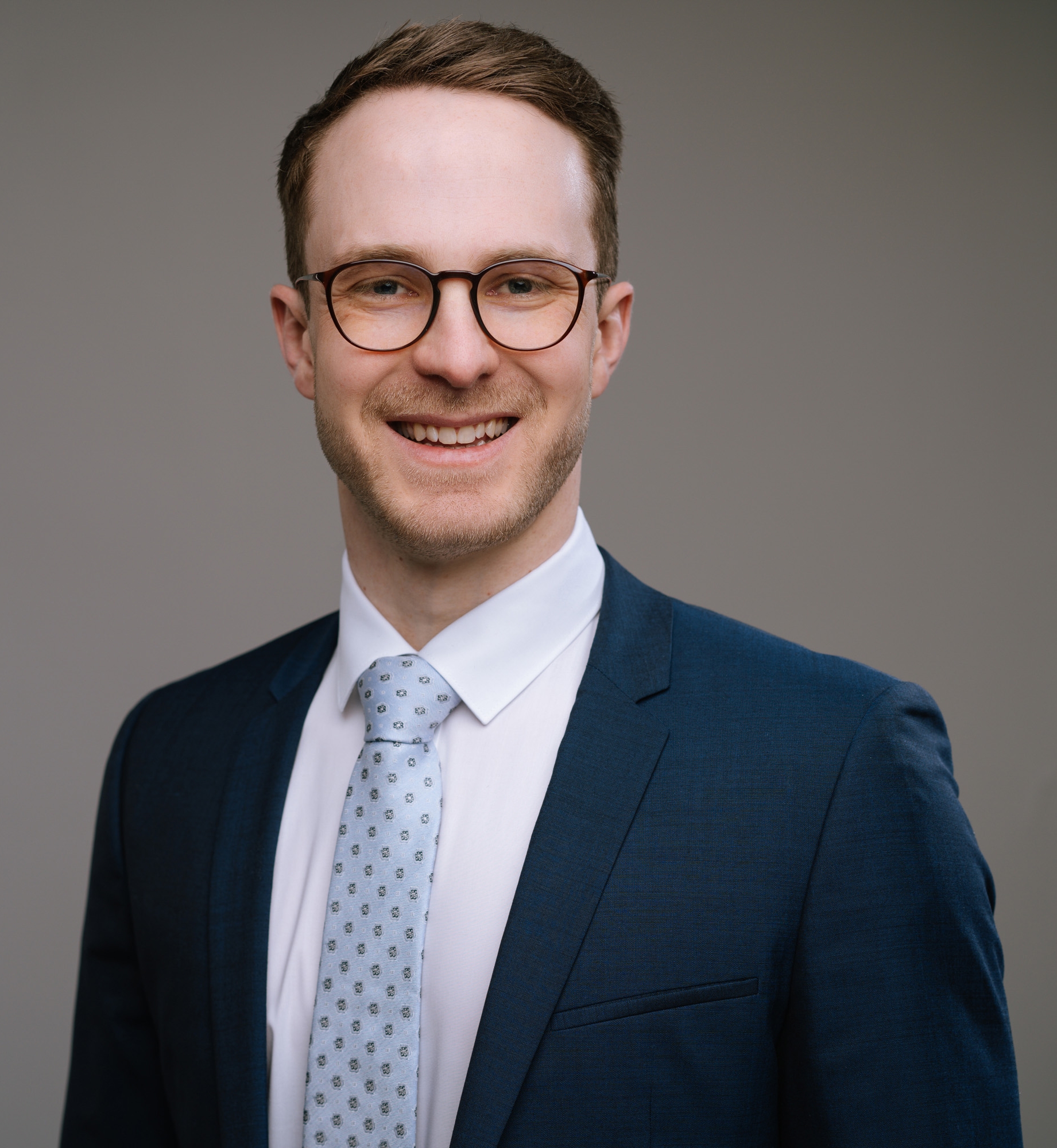
websitehttps://www.researchgate.net/profile/Richard-Schussnig
emailrichard.schussnig@austin.utexas.edu
office POB 4.132
Research Affiliate University of Texas at Austin
Richard studied civil engineering with a focus on structural engineering and joined the TU Graz LEAD Project “Mechanics, Modeling, and Simulation of Aortic Dissection”, a consortium led by Prof. Gerhard A. Holzapfel in January 2018. This experience sparked his interest in biomechanics, computational engineering, and numerical mathematics. In December 2022, Richard defended his thesis “Generalised Newtonian Fluids in Cardiovascular Fluid–Structure Interaction”.
In January 2023, Richard joined the group of Prof. Martin Kronbichler at the High-Performance Scientific Computing at the University of Augsburg, Germany. Their joint work focuses on high-performance computing in computational fluid dynamics, in particular on matrix-free implementations of finite element methods at exascale for cardiovascular applications. Richard joined the group at the University of Augsburg and relocated to Ruhr University Bochum in January 2024, where he remained until September 2025. There, he contributed to the EuroHPC Joint Undertaking project “dealii-X: an Exascale Framework for Digital Twins of the Human Body” as part of the project management team, while also supporting the PDExa project, which focused on optimized software for solving partial differential equations on exascale computing systems.
Richard joined the University of Texas at Austin as a Research Affiliate Postdoctoral of the Willcox Research Group funded by a Marie Skłodowska-Curie Postdoctoral Fellowship of the European Research Council, while he is also affiliated with the Institute of Biomechanics at Graz University of Technology. Under the supervision of Professors Karen Willcox, Thomas J. R. Hughes, and Gerhard A. Holzapfel, the project aims to advance computational medicine by integrating model order reduction and uncertainty quantification techniques with high-performance computing and computational biomechanics of the cardiovascular system.